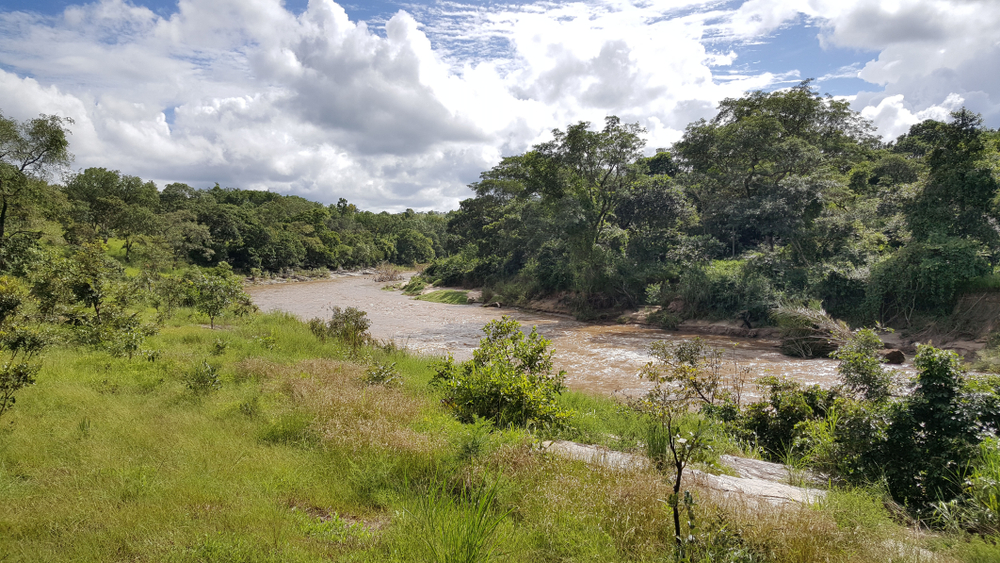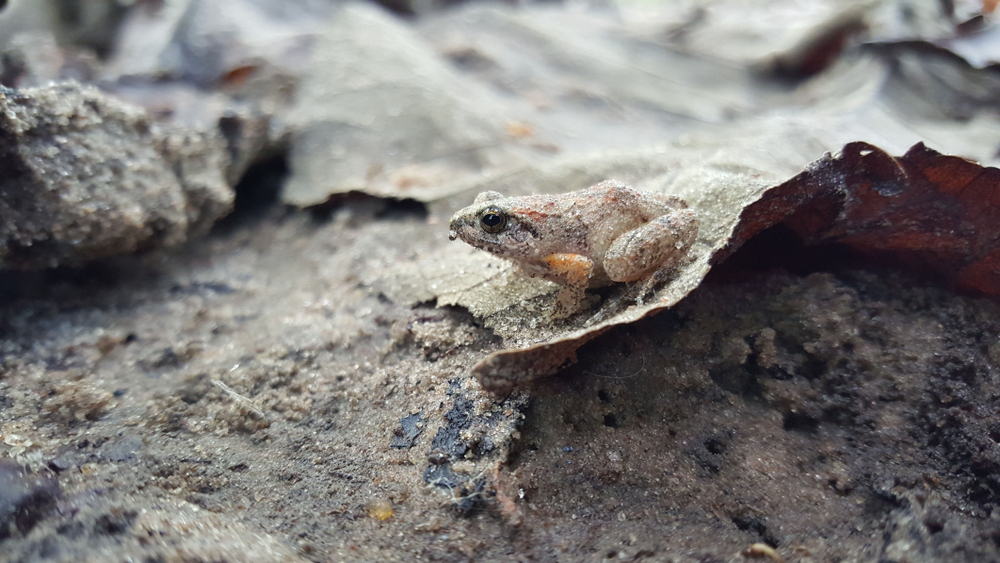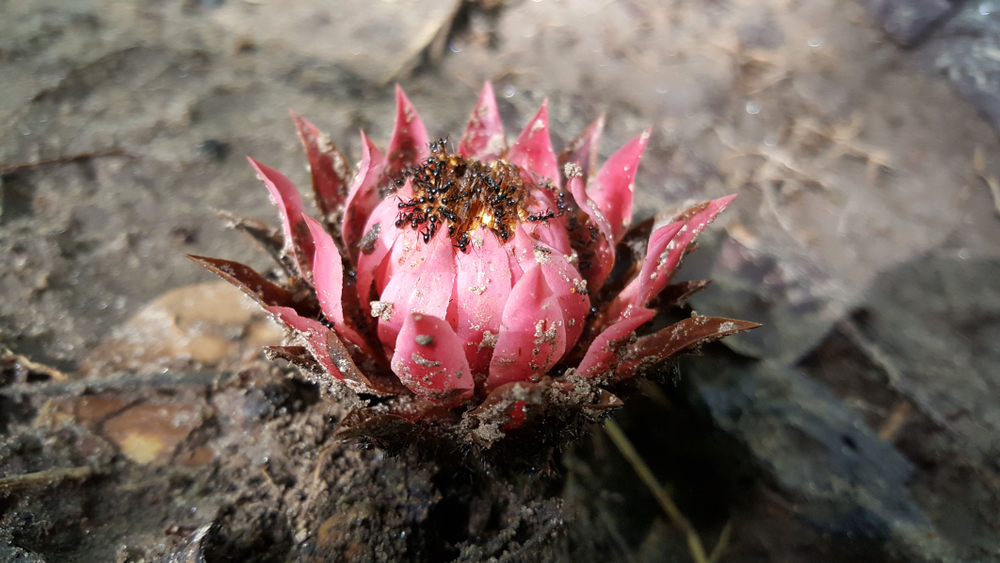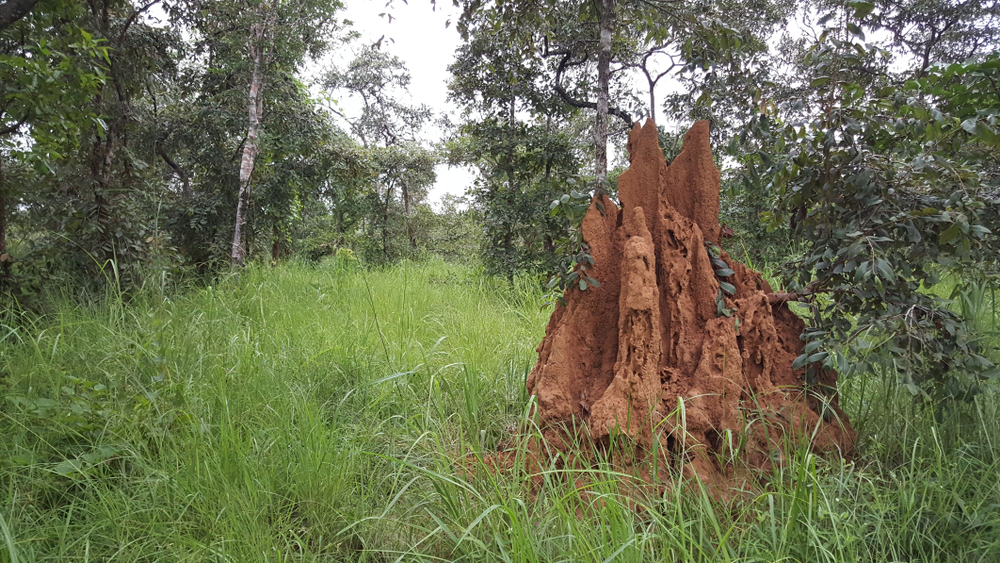Fazao-Malfakassa Overview
Fazao-Malfakassa National Park is the largest national park in Togo, located in the central part of the country, straddling the regions of Kara and Centrale. Established in 1975, the park covers an area of approximately 780 square miles (2,000 square kilometers), making it a key area for conservation and biodiversity in Togo. The park is named after the two main geographic features in the region: the Fazao Hills and the Malfakassa Mountains, which provide a striking backdrop to the park’s varied landscapes.
The landscape of Fazao-Malfakassa National Park is a mix of savannah, woodland, and dense forests, with undulating hills and rugged mountains that create a dynamic environment. The park’s terrain ranges from open grasslands to thickly forested areas, offering a diversity of habitats for wildlife. The mountainous regions are particularly lush, with streams and waterfalls flowing through valleys, while the savannah areas support more open, grassy plains.
The park is home to a wide range of flora and fauna, with its forests providing shelter for numerous species of plants, trees, and animals. Elephants, buffaloes, antelopes, and monkeys are among the larger mammals that can be found in the park, while smaller species like warthogs and various reptiles also thrive here. Fazao-Malfakassa is also known for its rich birdlife, with numerous species of both resident and migratory birds, making it a popular destination for birdwatchers.
The park’s vegetation is marked by a mix of moist semi-deciduous forests, dry savannah, and gallery forests that line the rivers. These ecosystems are critical for the survival of the diverse wildlife found within the park and contribute to Fazao-Malfakassa’s reputation as one of Togo’s most important natural areas for biodiversity conservation and eco-tourism
Park Map
Fazao-Malfakassa National Park Highlights
Engaging Fazao-Malfakassa
Sources
- Go Volunteer Togo, The Three National Parks of Togo, https://govolunteerafrica.org/the-three-national-parks-of-togo/, retrieved August 2024.
- Lonely Planet, Parc National de Fazao-Malfakassa, https://www.lonelyplanet.com/togo/sokode/attractions/parc-national-de-fazao-malfakassa/a/poi-sig/1556112/1328951, retrieved August 2024.
- African Tour Operators, Fazao-Malfakassa National Park, https://www.africatouroperators.org/togo/fazao-malfakassa-national-park/, retrieved August 2024.
- UNESCO, Parc National de Fazao-Malfakassa, https://whc.unesco.org/en/tentativelists/6604/, retrieved August 2024.
- Wikipedia, Fazao Malfakassa National Park, https://ha.wikipedia.org/wiki/Fazao_Malfakassa_National_Park, retrieved August 2024.













































































